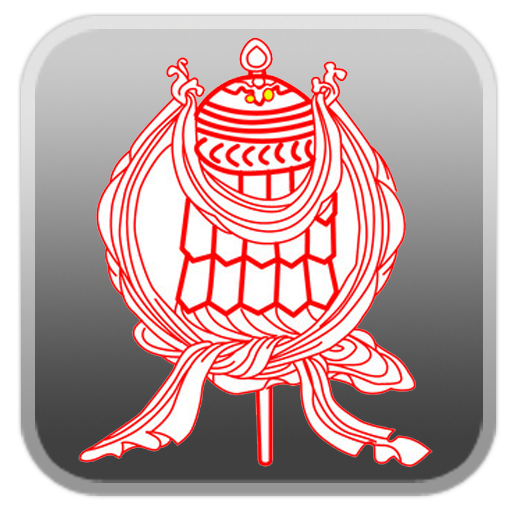Thangkalbum龍恩寺唐卡

- Publisher: Arelin.INC
- Genre: Lifestyle
- Released: 30 Dec, 2009
- Size: 33.2 MB
- Price: $0.99
 Click here to request a review of this app
Click here to request a review of this app
- App Store Info
Description
解读最美的藏地密码!探索最神秘的藏秘双修!
唐卡,既是藏傳佛教的宗教繪畫,展現著藏密的神秘、深奧和神奇瑰麗;
也是藏民族的繪畫藝術,體現了藏地的歷史、地理、傳說、文化、科技等;也是藏民族的繪畫藝術,體現了藏地的歷史、地理、傳說、文化、科技等;它的絢麗無與倫比,在明亮絢麗下隱藏著無比的細膩;
龍恩寺也稱“哇秀喇嘛曲噶爾”,藏語稱“隆恩圖丹群科林”。位於青海甘德縣下貢麻鄉隆什加溝口,為寧瑪派寺院。母寺為四川德格佐欽寺。約在100年前,佐欽寺東查喇嘛更登紮西來此傳教,此後傳教者不斷,但一直未形成寺院。
龍恩寺特邀唐卡佛畫師繪制了百余幅唐卡,內容包括佛、菩薩及護法、財神神像,還有歷代著名譯師、班智達、大成就者及各派祖師,尤其是寧瑪派大圓滿法傳承諸上師的畫像,當奉為珍品寶典。願以此等善業,推動佛法日益昌盛!
一幅幅唐卡都是畫師用心描述的心果,它散發出來的絢麗和魅力是無限。
唐卡中的男女雙修;度母、明妃;六道輪回等等 ,以圖解的方式,通俗易懂的展現於世人面前;更清晰明了的了解唐卡的真諦。
這流傳藏地千年的繪畫藝術,可以說是解讀雪域之美、藏密之神秘的關鍵。
A "Thangka," also known as "Tangka", "Thanka" or "Tanka".The thangka is a special art of Tibetan Buddhism.
Originally, thangka painting became popular among traveling monks because the scroll paintings were easily rolled and transported from monastery to monastery. These thangka served as important teaching tools depicting the life of the Buddha, various influential lamas and other deities and bodhisattvas. One popular subject is The Wheel of Life, which is a visual representation of the Abhidharma teachings (Art of Enlightenment).
To Buddhists these Tibetan religious paintings offer a beautiful manifestation of the divine, being both visually and mentally stimulating.
Thangka, when created properly, perform several different functions. Images of deities can be used as teaching tools when depicting the life (or lives) of the Buddha, describing historical events concerning important Lamas, or retelling myths associated with other deities. Devotional images act as the centerpiece during a ritual or ceremony and are often used as mediums through which one can offer prayers or make requests. Overall, and perhaps most importantly, religious art is used as a meditation tool to help bring one further down the path to enlightenment. The Buddhist Vajrayana practitioner uses a thanga image of their yidam, or meditation deity, as a guide, by visualizing “themselves as being that deity, thereby internalizing the Buddha qualities.”
Historian note that Chinese painting had a profound influence on Tibetan painting in general. Starting from the 14th and 15th century, Tibetan painting had incorporated many elements from the Chinese, and during the 18th century, Chinese painting had a deep and far-stretched impact on Tibetan visual art.



















